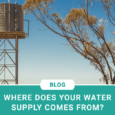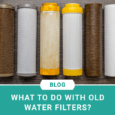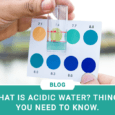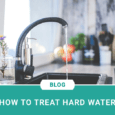Many people nowadays still don’t know what is purified water. How is water purified? How does it smell or look? Is purified water safe to drink? The popularity of many water filtering methods is growing, yet no one really educated people on the information that comes with it. That’s why today we’ll talk about purified water, about whether you can drink it or not, about the safety and the use.
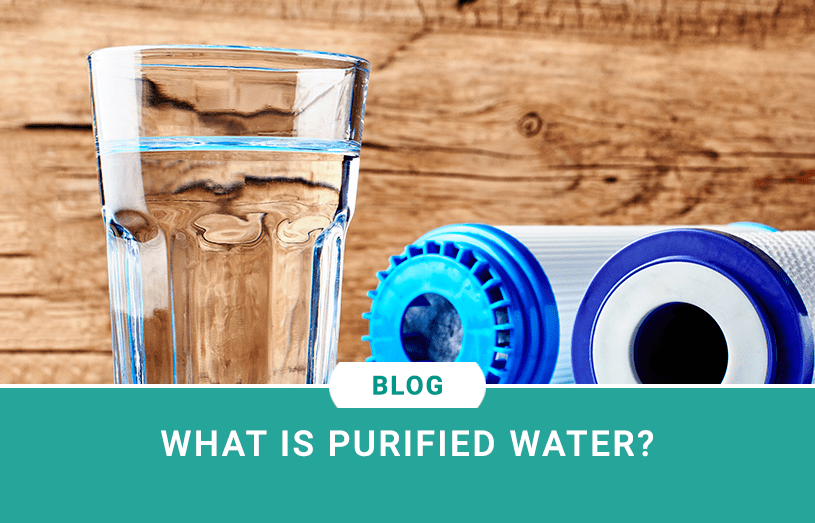
What is purified water actually?
The idea of purified water is simple – it is basically water that has no impurities. It has no organic compounds in it, no chemicals, no excessive minerals, no imbalanced ions. There is no residue that’s usually absorbed throughout the piping or the soil because it’s removed. The official measure that makes a certain amount of water „pure“ is the „less than 10 ppm“ criteria, which means that the water has less than 1 part per million when it comes to contamination.
Pros and cons of purified water
Pros:
Cons:
Difference between purified water and distilled water
Distilled water is a term that more people are familiar with. It is normal that you’re a bit confused and you’re maybe wondering how purified water differs from distilled water. Let us explain the situation to you.
Many people say that the end result of purifying and distilling isn’t really much different, but the process itself is. That’s why we can’t call purified water distilled water. Purifying is famous for requiring much less energy, but you have to get some extra disinfection chemicals because there is no heat to kill the organisms.
In the end, many scientists think that because of the heat, distilled water is slightly safer. Patients who have HIV usually drink this water only, because they need to take care of their health much better. It’s up to you to decide which one is the right choice since they are similar but come on different terms.
Test your water
If you want to know a bit more about the water you’re drinking and you want to see whether it’s safe or not, you can do several things. Let us tell you more about them.
The first thing you can do is go to your local water provider and ask them for the latest report on water analysis. By the law, these providers need to check on the water quality every now and then – monthly, sometimes even weekly. You have the right to see those papers and the quality of the water you’re drinking.
If the people don’t act too friendly there, take things into your own hands. Go get the water from your tap and send it over to a local lab for it to be analyzed. You’ll find out a lot of useful information for not too much money.
The last thing you can do is a regular inspection that you can conduct on your own. Look at the water, smell the water, check the piping and the faucets for any residue. This is very subjective and not the best method to go about, but you can get an overall idea at least.
The process of purification
There are many ways to purify water and all of these heavily depend on the water itself. Each country and each town have different specifications when it comes to contamination, smell and other things. Depending on the plumbing and soil in that area, the water may need to be heavily treated or not treated at all.
Most of the time, the city decides which combinations of processes may be beneficial. Flocculation is a filtration that uses charged chemicals to filter similar particles. Sedimentation is quite simple – you have a filtrating layer through which certain atoms cannot pass. Filtration is similar to sedimentation, but you need to multilayer it. Disinfection is usually the last step of a routine and people add chemical disinfectants in order to kill any possibly living organisms in the water.
Summary
Now that you have an idea of what purified water is, how it differs from distilled water, how you can create it and test it, it’s time to take action. Check your water if you haven’t, make sure that it’s healthy enough for your family and find a gadget that will help you filter it or distill it properly.
Make sure to check reviews that other people left and those that are on YouTube, because they can be deal-makers and deal-breakers for most.

